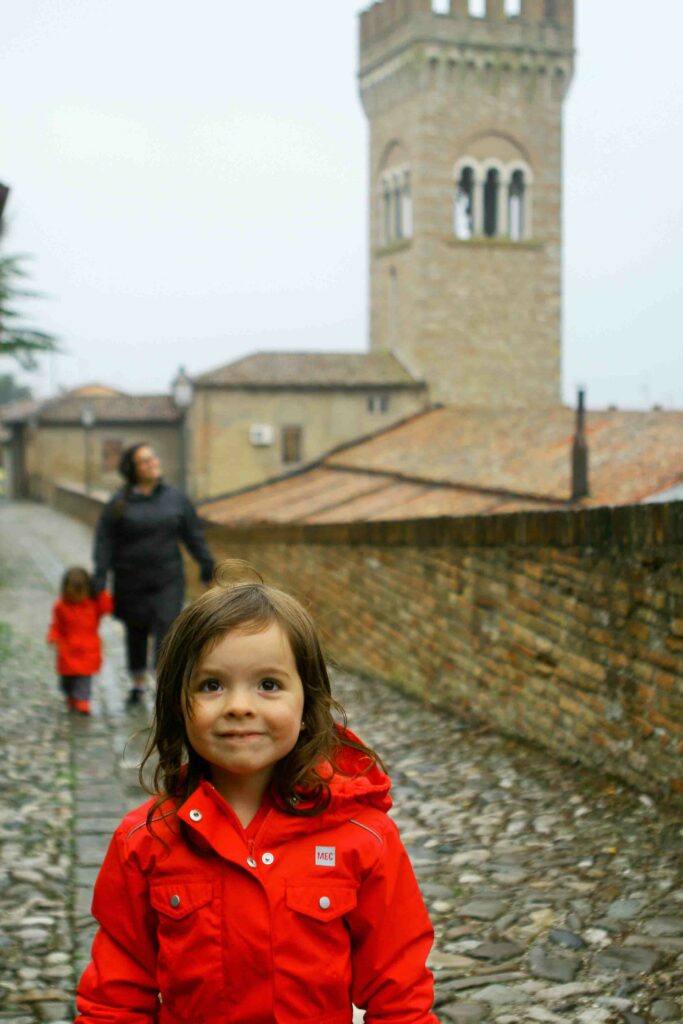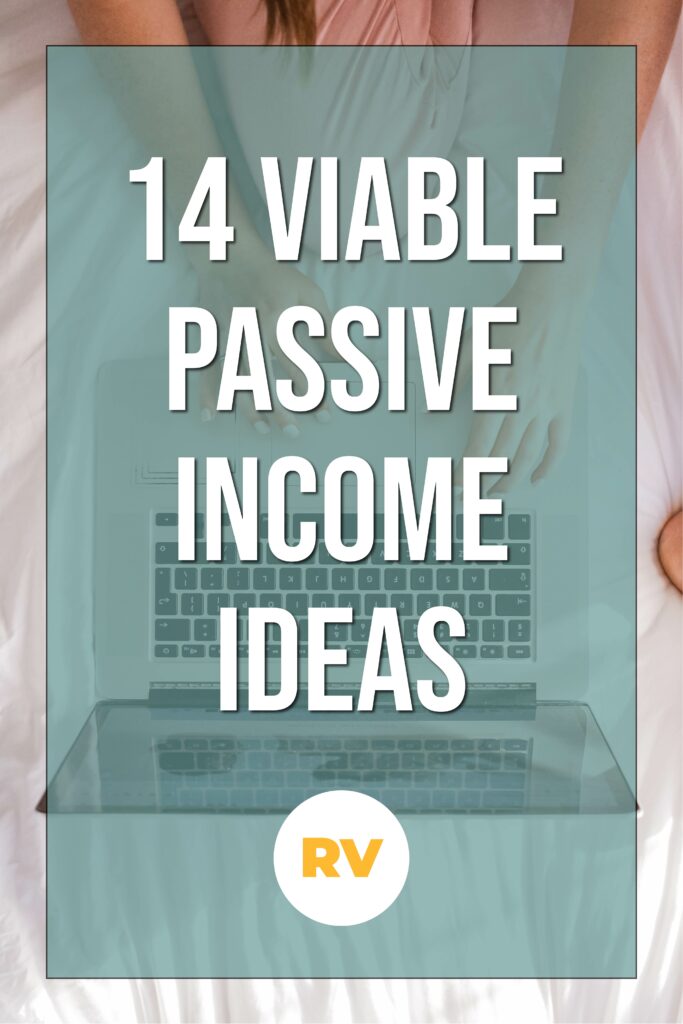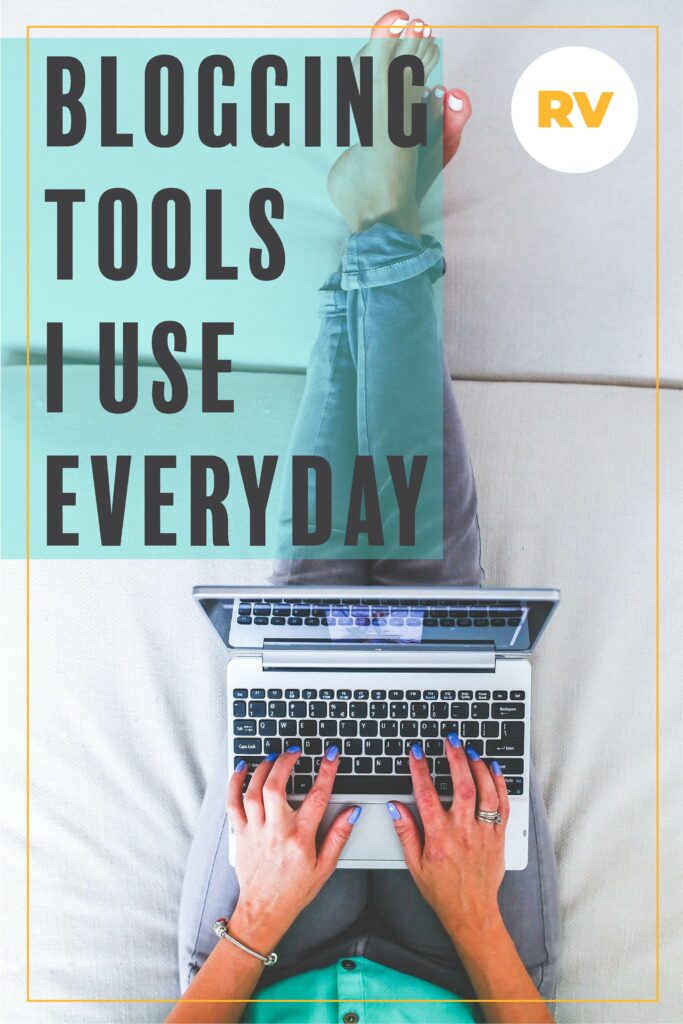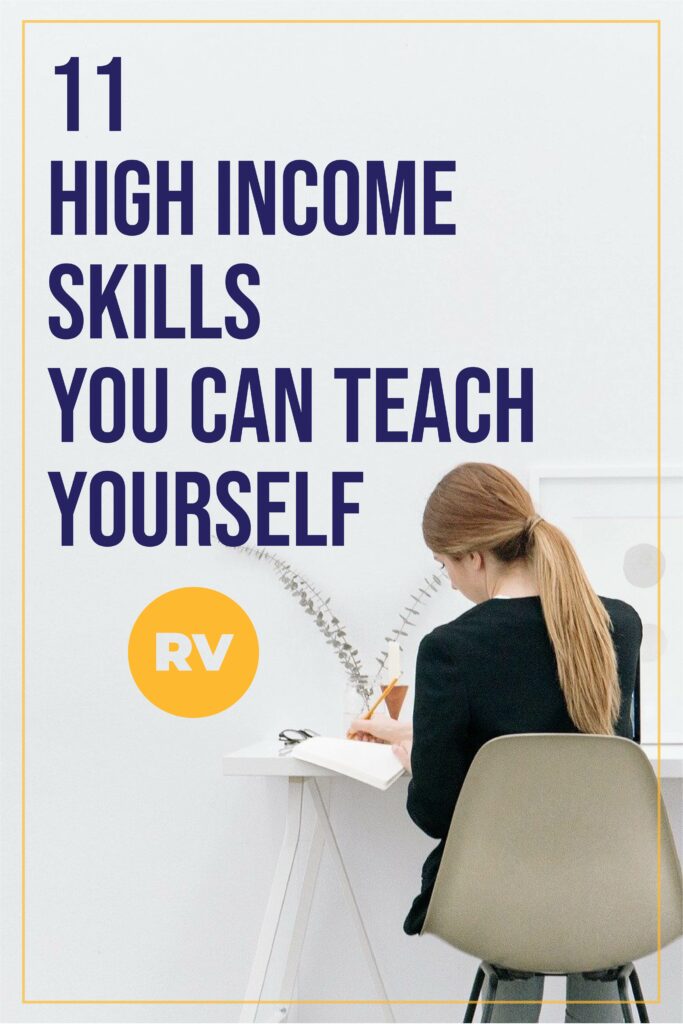I want to share with you a few of the things that this blog has taught me about building an audience online.
But first, a story. I applied for a communications job 4 years ago…
I brought in a portfolio of social media work I’d done (my own channels), blog posts, articles… I knew I could do it..
“Sorry,” I was told very nicely. “You don’t have experience.”
They were 100% right–I had no experience.
In my heart, I knew I could do this work. But I struggled to find anyone else who’d believe me.
These past 2 years, I’ve built something: this site. I LOVE what I do, and the audience has grown a lot. And I’ve grown too, learning as I go.
If you feel there’s something you need to do, sometimes you might just need to give yourself permission.
Today I want to talk about some lessons I’ve learned in how to build an audience. If you’re getting started, you have something you want to share with the world but are OVERWHELMED at the amount of stuff out there, I hope these 7 things I’ve learned help you.
This post may contain links to affiliate products, which–if you choose to purchase–pay us a commission at no extra cost to you. This helps to support our work. We only promote products we’ve used and love.
1. Understand why people follow you.
There are only a handful of reasons why we join someone’s audience. It might be to learn from them, to be entertained, to be inspired. If you want to know how to build an audience, you should understand why people follow you.
I’m going to generalize here, but people usually follow for one of 3 human needs:
We want to learn
There are a few different brands have generic cheese in my grocery store. Do you know which one I always buy? The one that’s the cheapest. Do you know which gas station I go to? The one that’s the cheapest. But when it comes to coffee, I’m choosy.
We’re a bit like that with content too. Some content we consume because it’s the first thing we see. Last time you googled “how to get out a red wine stain,” did you pay attention to the site brand?
Usually, information exchange is the lowest form of following. It’s the generic cheese.
Because USUALLY people fundamentally don’t care where they get their information from. If your audience growth is based on information exchange, they will stick with you as long as you have new information they can’t get elsewhere, or as long as you’re the best. Otherwise, they don’t care.
There are two levels of information exchange: facts and experience.
Like the red wine stain, facts are forgettable, unless someone can elevate them to the level of entertainment (next) and make them come alive.
HOWEVER, in an age of noise, we do care about credibility. You will feel differently about facts you get from Fox News than from CNN, depending on your political views. So the brand of news channel will be more valuable than the site on stain removal, since you have more stake in the reliability of those facts.
I think that experience is often more valuable for building an audience. We want to learn from people who have succeeded at something. Experience is the most powerful teacher, and it’s one of the best things you have at your disposal.
Oddly enough, we are most excited and inspired by people whose experiences just a bit beyond our own. If you are job-seeking, you would probably rather read a post on “How I got my first job” than “How I get hired as a CEO.”
This is the magic of teaching from your experience. You don’t have to have it all figure it out; you just have to be a step ahead of your audience.
We want to be entertained
The next stage of audience building is entertainment. This is one of the most powerful.
As humans, we love to laugh, cry, or just escaped into the void of Keeping Up with the Kardashians. Building an audience that you entertain is not a bad thing.
It might be entertainment through education, which I mentioned above. A science educator makes facts entertaining. If you read Neil Postman’s Amusing Ourselves to Death, he argues that the news is also entertainment.
We want to know we aren’t alone
The most powerful level, I believe, is sharing a human experience. Knowing you’re not alone. This is what the best content does, after all. It reminds us that we’re not alone.
We are seeking community. Connection.
And if you can get this to people, you will have audience gain that lasts–whether you’re building a community around shared hard experiences or Norwegian death metal. If your truth reminds someone they’re not alone, they will love your material.
2. Don’t mistake followers for a brand
The internet is full of people with followers. Tik-Tok celebrities can get millions of them. That turns into money, and that’s pretty cool.
But how loyal are those followers? Do you remember the name of the person in that last viral video you saw?
Having followers is not the same as having a brand. You need to get beyond the follow button, to the place where people actually know, like, and trust you. To the place where they remember your name or your company, and they want to see more of the content you have. They want to know what you think.
If you’re going to grow your audience, don’t forget that you want people to actually feel something when they see your stuff, or at least remember you.
If you have a product or service, this goes a step further. The idea of creating a brand is to take up enough space in someone’s brain that when they decide it’s time to purchase something to fix the problem they have, you will be the first place they turn.
Related Post: 5 Personal Brand Tips to Put Your Growth on Autopilot
3. People don’t really care about you
The mistake we make in this celebrity culture is assuming that having a following makes you a celebrity.
For most of us isn’t the case. Followers are fickle. They want to know what’s in it for them.
If you say something tomorrow that offends them or you stop interesting them, they will have no qualms about hitting the unfollow button.
Don’t make the mistake of thinking this is about you. This is about them. If you want to build an audience, if you want to create content, it’s about them.
4. Recurring platforms that you own are the best
There are so many ways to be online. None of them are wrong, depending on what you want. If you’re going to work on it, devote yourself to building an audience a bit every day, I would suggest doing things that have long-term value over short-term reward.
What I mean by this is, create a space that is just yours that people can keep coming back to. This could mean a website, a medium site, a blog, a YouTube page. Create something that’s based on principles of recurring traffic and search.
I’m a proud affiliate partner for Bluehost, which is what I used to start Roostervane. If you want to start a blog, I totally recommend them! Click here to check your domain name and get started for $2.95/mo!
The thing I love about this website is that it’s an asset. I could sell it tomorrow. This means that, not only is my audience on autopilot, my wealth is also on autopilot. Because the more I publish, the more eyes are on these pages, the more value it has as a sell-able asset (no it’s not for sale).
Brian Clark, founder of the site CopyBlogger, warns about what he calls digital sharecropping. This means trying to cultivate an audience based on something you don’t own. A change in the algorithm, a flick of the Facebook switch, a bad hack, and you can lose everything.
If you’re creating an Instagram following, at least get their emails at some point so that you can build a relationship that extends Instagram.
I use ConvertKit to build my email list. Try it here!
5. Your story is your best asset
I’ve seen this advice around so much that it’s becoming a bit cliche. But I do believe that your story is the very best asset you have. It’s yours, after all. It can’t be copied.
I started Roostervane by telling the story of how hard it was to leave Academia after my PhD, and what I learned from getting hired. That story has reached tens of thousands of people.
And yet, there are parts of my story that I have never told. It’s my story, after all. Nobody owns it but me. And while I choose to use some of it, nobody can make me use all of it.
Your story, where you came from, the things you learned, are the most powerful way to connect back to what I talked about above: the best content lets us know we are not alone.

6. You can’t be for everyone
When the pandemic hit, I wasn’t sure how to proceed with the blog. Everyone was using the word “unprecedented,” and I didn’t know if I should keep working on this business I was creating.
Looking at the big creators, I don’t think anyone did.
One day I tweeted out a Twitter poll. And the snarky hater jumped in and yelled at me for, what he called, “Using useless Twitter polls to inflate my viewers and make money. All at a time when people were suffering.”
It would be a few weeks before I would write something else. I felt like I wanted to throw up.
Other times, I would anticipate what people might say and pull back on what I wanted to say. I would self-sensor, so I wouldn’t have to deal with the haters.
Over time, I’ve learned that you absolutely cannot be for everybody. Nor do you want to be. If you don’t have active haters–and you will if you get big enough–you should at least have people who vehemently disagree with you and unfollow you once in awhile.
If not, you’re not saying anything worth saying.
This is the reality of speaking your truth. It’s controversial. It takes bravery. That content that lets us know we’re not alone doesn’t sound like a press release. So if you are just starting, remember that there will be some haters. Don’t let it stop you from doing the work you need to do. People need to hear what you have to say, just not down there. And people will self-select out of your audience, and that’s fine.
7. Build your craft
We live in an age of online creators. I realized this week that there is an entire market of people who help CEOs place their content in major magazines, for an enormous fee. All this to help them land the elusive title of “thought leader.”
There’s a sea of content, but a lot of it sucks. If you want to build an audience, focus on becoming the absolute best, perfecting your craft. I have also obsessed over digital marketing, learning SEO and the skills that it takes to get my ideas in front of people. If you devote yourself to becoming the best, building an audience will follow. Don’t search for likes. Search for excellence.
Conclusion – Building an audience
In the beginning, you will probably stress about followers, likes, page views, email subscriptions, and much more.
Over time, you won’t let those things bug you. Because they’re not what matters.
What matters is that you are creating something that matters to somebody else, for a lot of different reasons. And that is the true secret to building an audience.
Now Read:
2175 LinkedIn Followers in 31 Days. 6 Awesome Tips to Grow Your LinkedIn Following
How I Got My First 10,000 Followers on Twitter






